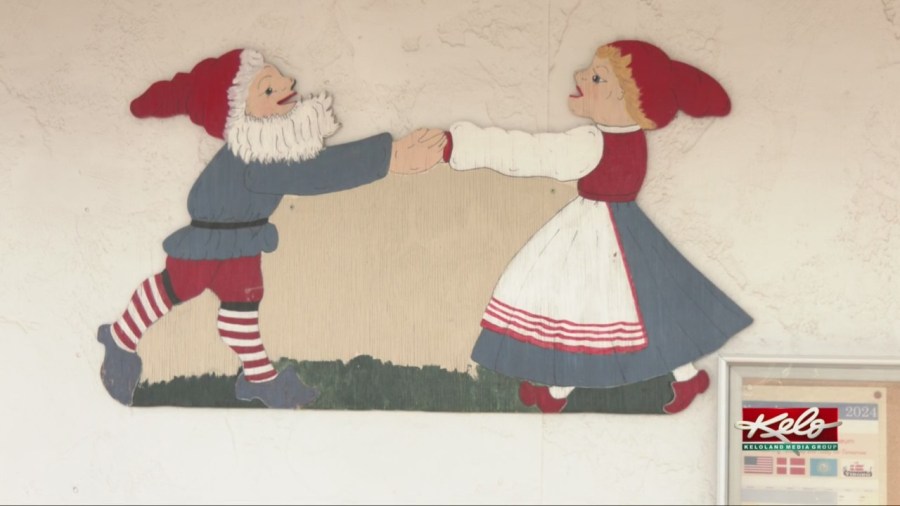VIBORG, S.D. (KELO) — To some, Viborg might seem like any other small town, but if you look closer, you’ll find that Viborg has a remarkable past that helped form a unique identity.
Step inside the Daneville Heritage Museum and the building is packed to the brim with artifacts from Viborg’s past.
You’ll find everything from a display featuring Viborg native Alvin Hansen, who helped create the Social Security Act under Franklin D. Roosevelt, to a memorial for Viborg veterans, and even a room dedicated to Christmas.
“Everything in that room was donated by my aunt. Every year, she would set up that display in her home, and I’d get them out of the attic, and bring them down and bring them back up,” Daneville Heritage Museum treasurer Brenda Jensen said.
The museum also honors Viborg’s rich Danish heritage.
“What we do is we want to strive to honor the pioneers, the Danish pioneers that settled here. So, you’re going to find all kinds of not only things from our pioneers, but we also preserved their stories,” office manager Cheri O’Dell said.
The first documented Danish settlers in the area originally immigrated to Racine, Wisconsin. During the 1860s and 1870s, they moved west to a small village called Daneville, which is just south of present day Viborg.
“Then, they wrote back and told their friends what great opportunities there were. Then, their friends from Racine came to Viborg as well. Well, then the news spread over to Denmark too about how in the Homestead Act, there was free land, and that was appealing to many. Then, that just kind of snowballed, and the Danes just kept coming and kept coming,” O’Dell said.
There are also tools from Daneville’s blacksmith shop. The name of the township is also where the museum gets its name.
However, about 20 years after the village was first settled, the railroad proved to be the beginning of Daneville’s demise.
“They petitioned to get the railroad to come through, but that didn’t work. It actually came through about a half a mile north of where Daneville was, so when the railroad came in, they pretty much just picked up the businesses and moved them to Viborg,” O’Dell said.
When those settlers made the move north, they brought along their Danish roots.
“When Viborg was incorporated, or platted out, there was four different individuals that gave way, and one of them was Ole Sorensen. I don’t know of the four why he got the privilege, but he was originally from Viborg, Denmark, and he named Viborg after his home city back in Denmark. Back in Denmark, it’s pronounced vee-bor,” O’Dell said.
Beyond the museum, you can still find plenty of evidence of the town’s Danish heritage. Residents even do traditional Danish folk dances during Danish Days every July.
“It just kind of shows the people in town of the respect for being a Dane and trying to keep everything, all the Danish activities going,” Jensen said.
“I think that our Danish heritage has kept us unique in the fact that not very many towns hold on to their traditions and to their heritage the way we have. Even if you’re not a Dane, you just kind of grab on to it, and you’re proud of it,” O’Dell said.
And the museum will make sure the town’s Danish history lives on.
“I think we need to keep the Danish heritage alive because that’s what makes Viborg unique,” O’Dell said.
The museum will be hosting a free concert featuring a Danish musician on November 20th. For more information on that, click here.


